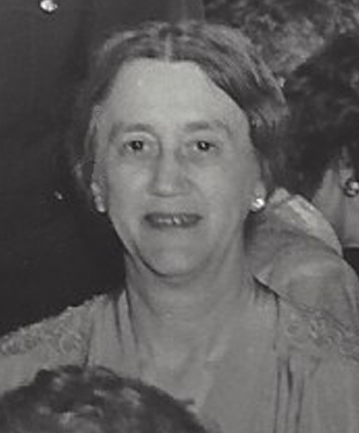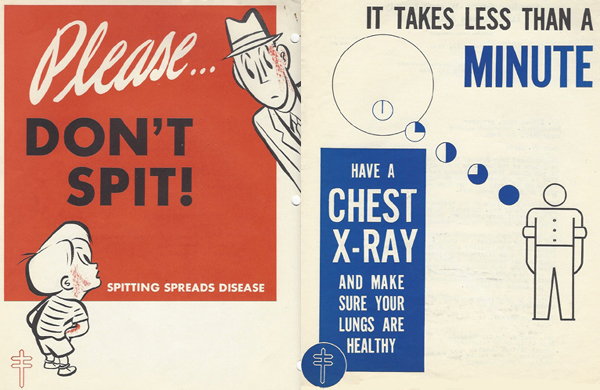On the 24th day of this (Women’s History) Month, we mark World Tuberculosis Day and recall a woman who took a leading role in one of Bowling Green and Warren County’s greatest health initiatives.
It began in 1939, with the discovery of a Warren County mother, ailing with tuberculosis, laid up at home with five children and expecting another. Tuberculosis was an urgent public health problem, spread by afflicted persons through coughing, sneezing and spitting. During the 1930s, the annual death rate in Warren County alone stood at approximately 30, and the infection rate was much higher.
Citizens raised funds to send the young mother to a private sanatorium, but similar cases highlighted the need for a tuberculosis hospital where patients could be treated and their family members safeguarded from infection. In August 1940, two benefactors purchased a house on 122 acres near Richardsville and donated it to the recently formed Bowling Green-Warren County Tuberculosis Association. More donations renovated and equipped the home as a hospital, and in 1941 citizens voted overwhelmingly in favor of a special tax assessment to maintain the facility. With a capacity of about 30 beds, the Warren County Tuberculosis Sanatorium was dedicated in September 1942. Warren County residents received free treatment, and others paid $3.00 per day.
Spearheading this “hospital movement” was Beulah (Morgan) Smith (1894-1987). A Graves County native, the wife of WKU education professor Bert Raldon Smith had seen both her grandmother and mother afflicted by tuberculosis. As president of the Tuberculosis Association and a trustee of the hospital, she worked to keep the facility staffed and funded, to educate the public about the causes and prevention of tuberculosis, and to encourage screening with the aid of mobile chest X-ray clinics. In 1944, Governor Simeon Willis appointed her as the sole woman on the Tuberculosis Sanatoria Commission of Kentucky, a 12-member body charged with selecting sites for state-funded hospitals in six districts throughout the state. Although Bowling Green lost out to Glasgow as the site selected for one of the hospitals, the Warren County Tuberculosis Sanatorium operated until 1956, when patients moved to the new Sunrise Hospital. As for Beulah Smith, she earned numerous commendations for her work on behalf of this and other causes, including the Kentucky Tuberculosis Association’s “Loyalty Award” in 1949 for making the greatest voluntary contribution to the state’s fight against tuberculosis.
Beulah Smith’s papers documenting her service in the fight against TB are part of the Manuscripts & Folklife Archives of WKU’s Department of Library Special Collections. Click here to access a finding aid. For more collections, search TopSCHOLAR and KenCat.



